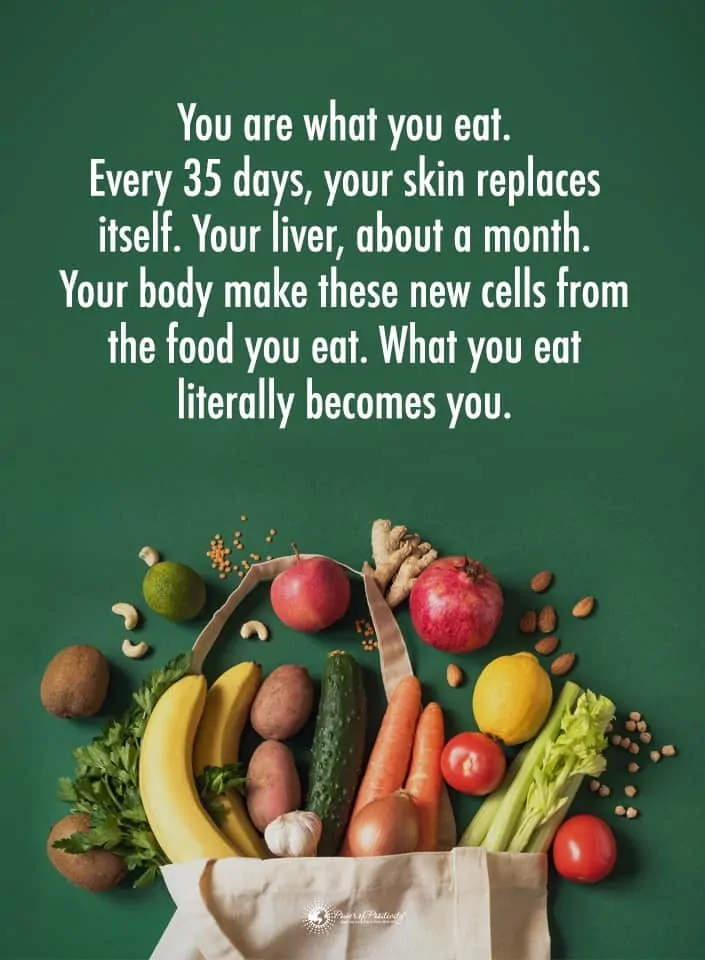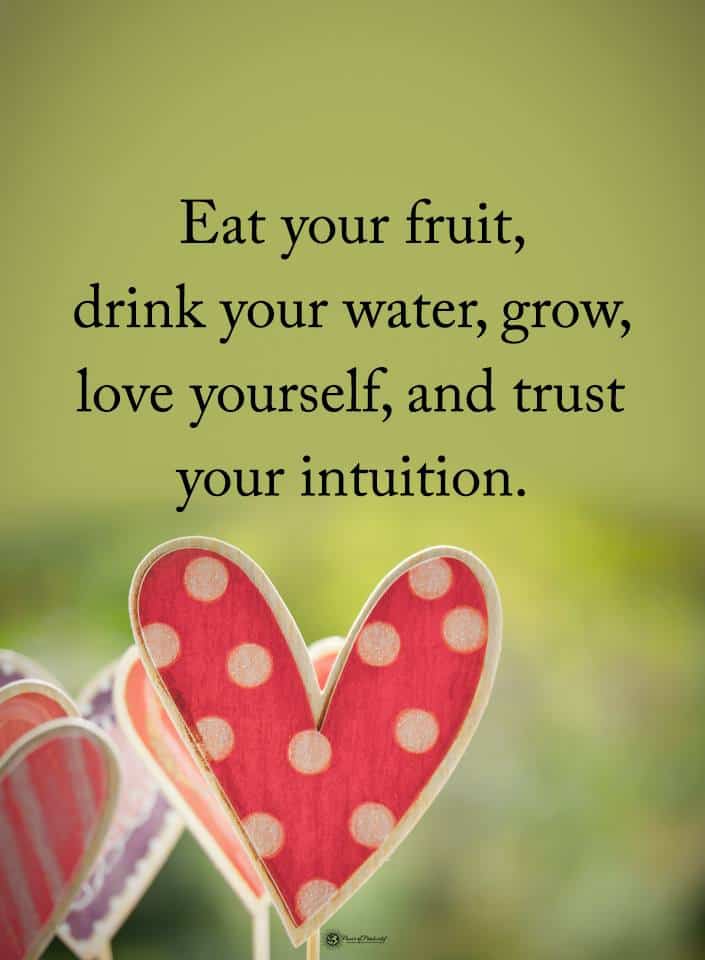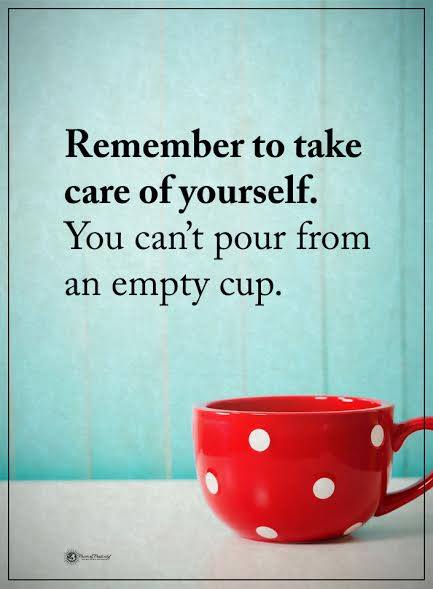A gluten-free diet is beneficial to some people, but not everyone needs to follow it. However, if you think that you might have gluten sensitivity, there are some signs and symptoms that you can watch for.
Gluten is a protein found in wheat, barley, and rye. Those who are sensitive to gluten in their systems have what is known as Celiac Disease. What actually happens in the body is that the body’s normal immune system sees that protein as an intruder. Thus, the immune response attacks it.
In the long term, this immune response can cause significant problems:
- Damage to the lining of the intestine.
- Inhibits its ability to absorb nutrients
- Can cause bloating, diarrhea, weight loss, fatigue, and anemia.
Celiac can lead to more serious complications if left undiagnosed.
The good news is that Celiac Disease is pretty rare and only affects about one percent of the population in western countries. The exact cause of the disease is not known, but what is known shows a correlation between the genes, the gluten protein, and environmental factors. You cannot catch Celiac from someone, though it could be passed on to you in your genes from a family member. But, how would you know if you had Celiac Disease and needed to go gluten-free?
Signs and Symptoms of Gluten Sensitivity in Adults
Signs and Symptoms of Gluten Sensitivity in Adults
Adults with celiac often experience diarrhea, vomiting, fatigue, and weight loss and feel bloated, nauseous, constipated, or have generalized abdominal pain. Celiac can also cause some issues with the body not associated with the digestive tract but that stem from the body’s inability to absorb nutrients effectively.
More than half of adults with Celiac often have or experience:
- Anemia
- Bone density loss
- Bone softening
- Damage to tooth enamel
- Itchy or blistery skin rash
- Joint pain
- Ulcers in the mouth
- Headaches
- Fatigue
- Heartburn or acid reflux
- Nerve damage including numbness and tingling in the hands or feet
- Cognitive impairment
- Balance issues
Signs and Symptoms of Gluten Sensitivity in Children
Young children under two years old may experience vomiting, nausea, diarrhea, poor appetite, or muscle wasting. They may also experience a swollen belly, like a potbelly.
Older children may experience diarrhea, constipation, weight loss, irritability, and neurological issues like ADHD, learning disabilities, headaches, seizures, and lack of muscle coordination. Short stature and delayed puberty are also signs in older children.
Itchy Blistery Rash
Dermatitis herpetiformis is a rash that forms from changes within the small intestine lining. It is associated with Celiac Disease, and a person may experience an itchy, blistery rash on their elbows, knees, torso, scalp, or buttocks.
When to See a Doctor to Confirm if You Have a Gluten Sensitivity
If you suspect you might have a sensitivity, see your doctor, and they will be able to test you for it and diagnose you properly. If you suspect you are and go off gluten for a significant time before seeing your doctor, it can be difficult to tell whether you are sensitive or not.
Only if your doctor diagnoses you with Celiac will you know to avoid foods with gluten protein. Then, you can prevent any nutritional deficiencies that may arise from such a dramatic dietary change.
Giving Up Gluten When You Don’t Have a Sensitivity
Lately, it has become all the rage to go gluten-free in your diet. Medical evidence suggests that this diet only benefits if you have Celiac Disease or a sensitivity. Giving it up without a diagnosis is unnecessary, although it is a common practice.
Unless you have Celiac Disease, you will likely derive zero benefits from a gluten-free diet. The Placebo Effect might convince you that you feel better, but your body chemistry and health will likely remain unchanged.
The biggest thing you should do is have a serious discussion with your doctor. Let them run some tests and accurately diagnose you before significantly changing your diet.
If you change your diet without good guidance from a doctor or nutritionist, you could experience vitamin deficiencies. Most wheat products in the US are fortified with vitamins, especially vitamin B.
Reducing or eliminating wheat and rye can also reduce your fiber intake. The average American already has a diet low in fiber and reducing that further could cause other digestive issues on their own. When in doubt about any aspect of your health, see your physician and get some expert advice.
10 Foods to Add to Your Diet if You Go Gluten-Free
If you have Celiac, you must change your diet. Giving up wheat and rye might cause you to lose essential nutrients, but you can replace them with other foods.
1. Dairy and Eggs
Some people with celiac disease are also lactose intolerant, but not all. If you’re not lactose intolerant, milk, eggs, and dairy are safe for a gluten-free diet. You can also have yogurt and cheese, which are great sources of vitamin D, calcium, and B vitamins.
If you are lactose intolerant, you can still have eggs. Eggs are a great source of protein, so don’t miss out on their power.
2. Chocolate
You’ll be happy to know that you can eat chocolate, and it doesn’t matter which kind. Make sure you check the ingredient label of packaged chocolate for hidden ingredients that you shouldn’t have. Otherwise, feel free to enjoy dark chocolate, milk chocolate, bittersweet chocolate, and white chocolate.
3. Almonds
You can consume almonds as a snack, mixed in with your breakfast, or in a delicious salad. You only need a handful to help you on your nutrition journey. Almonds are available in many delicious forms, including:
- Natural almonds
- Roasted almonds
- Flavored almonds
- Lightly salted almonds
Studies show that eating almonds reduce hunger and improve nutrient intake. You’ll take in more vitamin E and monounsaturated fat without gaining weight.
Almonds also lower LDL cholesterol and reduce heart-damaging inflammation. Plus, they lower the impact carbohydrates have on your blood sugar.
4. Alternative Grains
When you cut out wheat, rye, and other foods, you’ll need to replace them with something. Turn to alternative grains like quinoa, brown rice, amaranth, buckwheat, and millet.
Flavor the grains with herbs and cook them in broth to give more flavor. These grains make a great side dish, and they can help increase your calorie intake.
You can also purchase gluten-free bread, waffles, cereals, and pasta. In place of regular flour, other options include rice, soy, potato, corn, and nut flour. Learning the ingredients that you can easily swap can make your new diet much easier.
5. Fruits and Vegetables
Dietary guidelines recommend two cups of fruit and two and a half cups of vegetables each day. They are safe for Celiac diets and packed with vitamins and nutrients. You can add vegetables to your meals, choose them as a snack, or eat them as a side dish.
Another benefit is that many vegetables are high in fiber. The most fiber-rich vegetables include:
- Winter squash
- Green peas
- Potatoes
- Corn
- Sweet potatoes with skin
- Asparagus
- Mushrooms
- Leafy greens
- Brussels sprouts
- Cabbage
- Cauliflower
- Broccoli
Fruits are an optimal snack, giving you a sweet but healthy treat during the day. They are full of vitamins, minerals, and antioxidants that you can’t get elsewhere. Many fruits are also a good source of fiber, including:
- Berries
- Cherries
- Avocados
- Bananas
- Citrus
- Apricots
- Mango
6. Packaged Gluten-Free Foods
Many grocery stores carry packaged foods that are safe for those with Celiac disease. They often have options for baked goods, pasta, and bread. It’s important to note that these foods cost more, so be prepared for the difference.
You must be careful, though, because many packaged foods contain high amounts of sugar. If you make them a major part of your diet, you could gain weight. Use them as a treat, instead, so you can make sure to get your essential nutrients.
7. Corn
Corn is high in fiber and contains polyphenols and carotenoids, including lutein and zeaxanthin. These carotenoids act as antioxidants, lowering your risk of developing degenerative diseases. Lutein also decreases your risk of developing cataracts and macular degeneration.
8. Beverages
With Celiac disease, you must be careful of what you drink. Some of the beverage options you can choose from include:
- Tea
- Fruit juice
- Coffee
- Kombucha
- Vegetable juice
- Water
- Wine
9. Kidney Beans
These beans contain carbohydrates, fiber, and protein. Kidney beans also contain folate, iron, magnesium, zinc, phosphorous, and potassium. They are low in fat and are cholesterol-free, as well.
The beans are highly nutritious and make you feel full longer. They prevent weight gain and constipation and help regulate blood sugar levels.
10. Poultry, Meat, and Seafood
When you stop eating gluten, you must find healthy protein choices. Poultry, meat, and seafood are all great sources of essential vitamins and nutrients. Plus, they are filling and give you many meal options.
Final Thoughts on Going Gluten-Free
Celiac disease is rare, but it can happen to you. Watch for the signs that you should stop eating gluten. Then, you can improve your health and feel better.
You might have to give up some of your favorite foods, but you can replace them with other delicious options. It’ll be hard to make dietary changes, but it’ll quickly become a habit. Once you see how much better you feel, it becomes even easier. You deserve to feel good, so do what it takes to improve your health.
















 Community
Community

